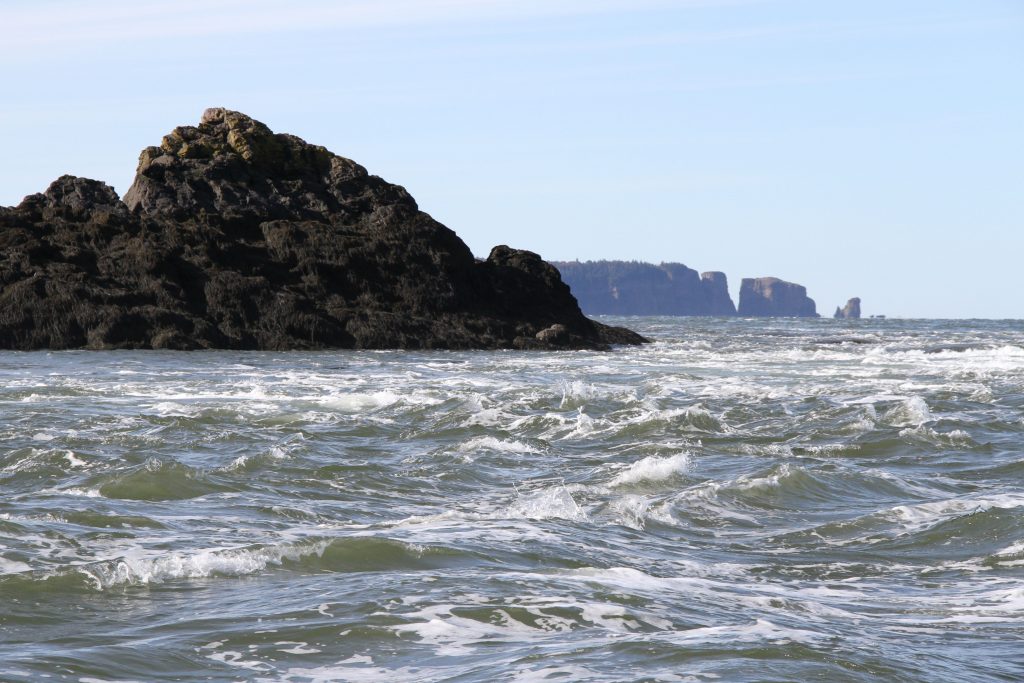By David Dodge, GreenEnergyFutures.ca
Nova Scotia just might be on the verge of realizing their long-held dream of harvesting tidal energy from the Bay of Fundy. So says Ian Austen New York Times correspondent for Canada.
Green Energy Futures visited the Bay of Fundy in 2012 to learn about the phenomenal 15-meter tides and energy potential of the tide that races in and out at 5 meters per second, the equivalent of a raging river.
Austen retraced our steps of 10 years ago for the New York Times special climate change solutions coverage. He says research has determined the hydroelectric potential of the tides there is 40 times higher than what people first thought.

The Minas passage in the Bay of Funday squeezes the racing tide from the sides through a narrow passage which explains the raging torrent as tides move in and out.
The Fundy Ocean Research Centre for Energy (FORCE) was set up in 2011 complete with a visitor centre, 30-megawatt transformer and undersea cables to five berths for tidal energy pilot projects.
The first turbine tested was more of a fit than a start.



The company didn’t really have a good understanding of the force of the Fundy tides and the turbine “which was 14 meters high, was shredded by the force of the tide,” says Austen.
“That not an auspicious start,” says Austen. That company went bankrupt after a second unit was deployed and without maintenance it too seized and now sits on the sea bed.
You have to give Nova Scotia credit. They didn’t give up.
“So, jump forward to my trip and what I went out to see was a platform developed by a company that’s based in Scotland, owned by a large German ship builder, which is also one of the largest makers of propellers in the world.”

“The World’s Most Insane Outboard Motor”
The new company is Sustainable Marine which is “well financed” and they are taking a completely new approach.
“What they’ve built is this huge thing. It looks like a kind of white submarine with two big outrigger hulls on either side of it.” Think of a tri-hulled catamaran-like structure.
“And then at the back, perhaps the world’s most insane outward motor. It has six turbines. It looks sort of like wind turbines turned upside,” says Austen.
Each of the six blades are four meters in diameter and they are retractable.
“The advantage of this system is that they can raise and lower the thing if there’s bad weather, or if it has to be pulled up for maintenance,” says Austen.
“It also has an array of sensors and cameras so that if a whale comes nearby, the whole thing comes up out of the water immediately.”
As Austen approached in a boat an engineer pulled out his cell phone, tapped a button and “pair by pair the six generators went in the water.“ The stern of the platform rose in the water as the blades caught the water and began to turn.
This unit can produce enough electricity to power 250 homes.

Nova Scotia’s Big Coal Challenge
Nova Scotia is facing a big challenge. The province still gets half of its electricity from coal generation and the province has committed to eliminating coal generation by 2030.
“It [tidal energy] does have advantages that other renewable sources don’t. As you say, most of all, the predictability of the tide – it goes out every six hours. It comes back every six hours,” says Austen.
Tidal energy could provide steady base load electricity and help Nova Scotia deploy more wind and solar that produces electricity intermittently.
Solar and wind power are now the cheapest ways to generated electricity, but a reliable grid needs a mix and tidal energy could provide that all important base load electricity.
There are also some other promising technologies being tested and Ian Austen concludes we could see a “substantial deployment of tidal power in Nova Scotia.”
Our thanks to Ian Austen for sharing his New York Times report on tidal energy in Nova Scotia with Green Energy Futures.
See the City of Edmonton’s Changing for Climate Series for related stories.

